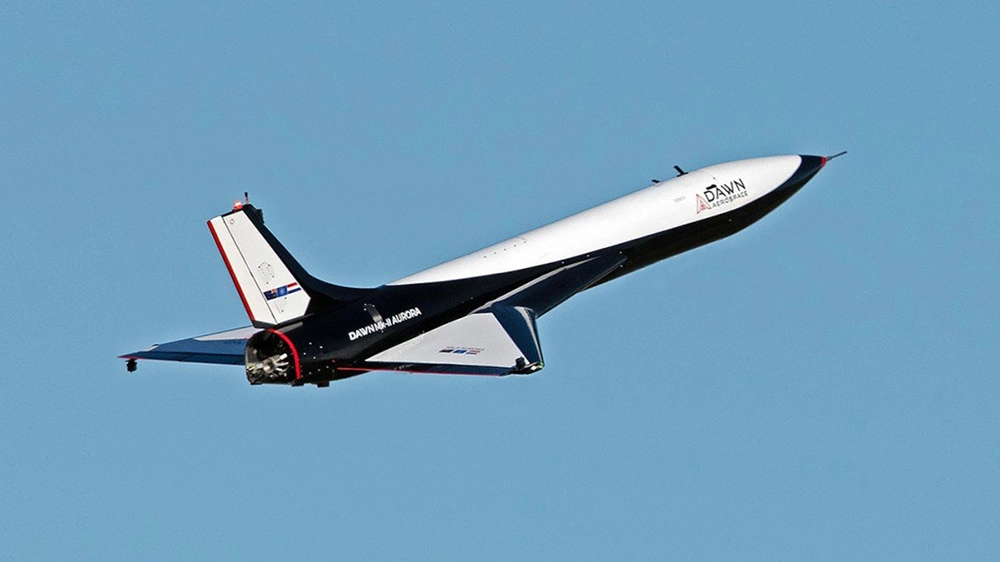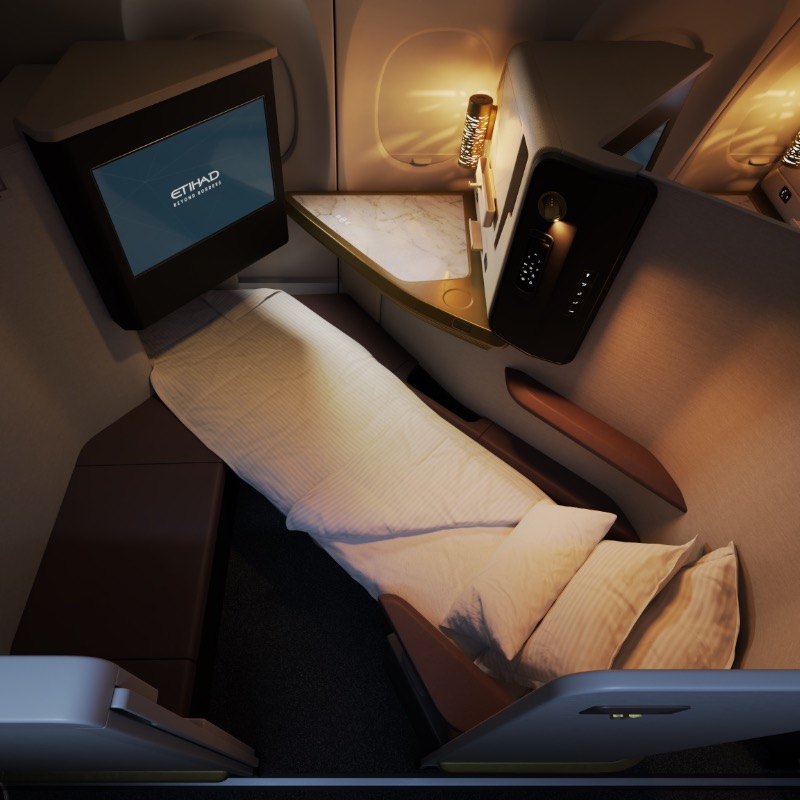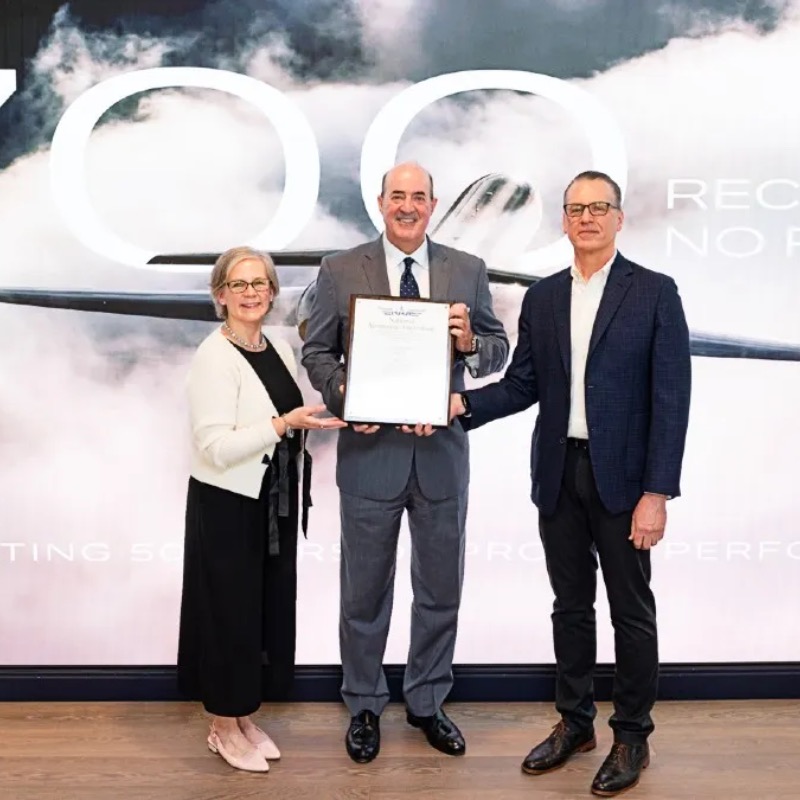Dawn Aerospace just leveled up.
The Dutch-New Zealand company just announced that its suborbital space plane, Mk-II Aurora, completed its first set of rocket-powered test flights late last month, according to New Atlas. Even better, the aircraft made those flights in relatively quick succession, suggesting that it may eventually be able to do so multiple times per day.
The successful test-flight campaign was carried out between March 29 and 31 at Glentanner Aerodrome in New Zealand. The Mk-II Aurora has taken flight before, but this was the first time the plane had done so while equipped with a rocket engine instead of a surrogate jet engine. The craft, which can take off and land like a regular fixed-wing airplane, was flown once per day during testing and reached an altitude of 6,000 feet and a speed of 170 knots (over 195 mph).
Those numbers aren’t actually all that different from those put up by the Mk-II Aurora during previous flights. Dawn Aerospace wasn’t trying to set new performance benchmarks, though. Instead, the company was trying to “validate key systems and capabilities.” It would appear it did just that, as a press release announcing the flights stated that “all test objectives were achieved.”
“To have demonstrated rapid reusability in the first tests is proof of our core philosophy and confirmation that rocket-powered vehicles can be operated just like commercial jet aircraft.” CEO Stefan Powell said in a statement. “This fact allows us to rapidly test now, but in the future, it will completely revolutionize the economics of space access.”

Dawn Aerospace
While last month’s test flights were an important milestone for Dawn Aerospace, there’s still a lot of work to be done. The hope is that the Mk-II Aurora will eventually be able to reach an altitude of 62 miles while carrying 550 pounds of cargo before launching a payload into low-earth orbit via a second-stage rocket multiple times per day. This aircraft will be followed up by the Mk-III, which will be able to carry up to one ton of cargo.









